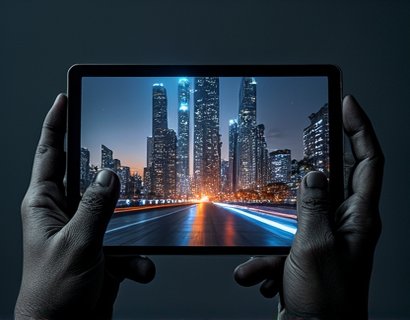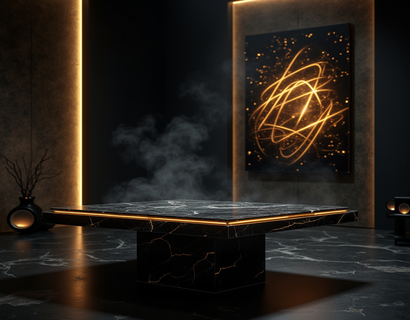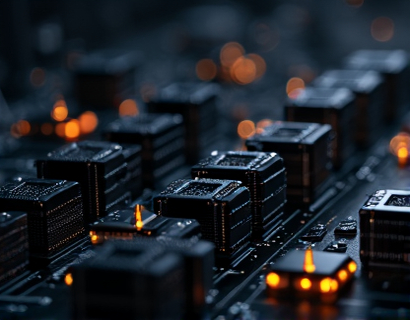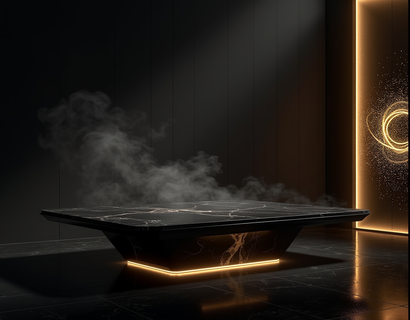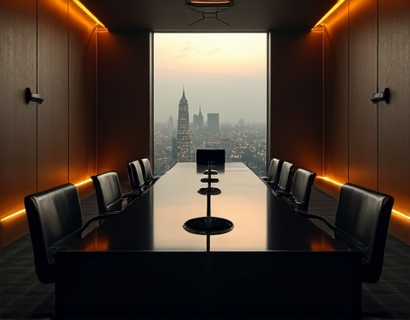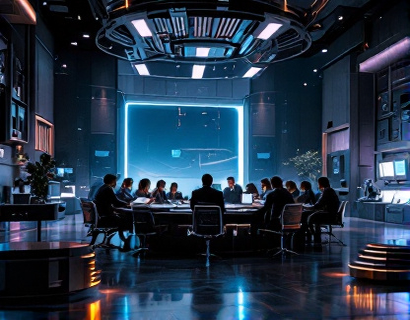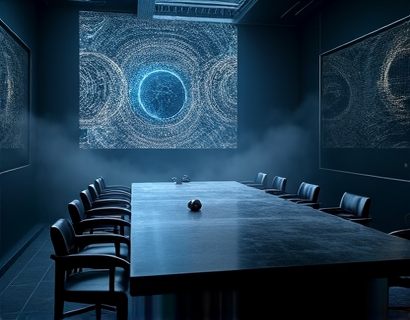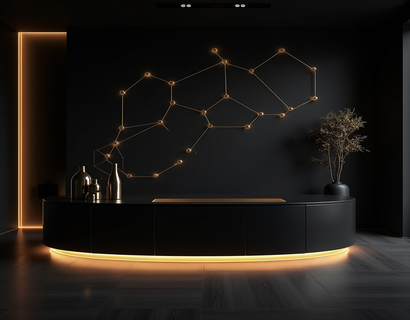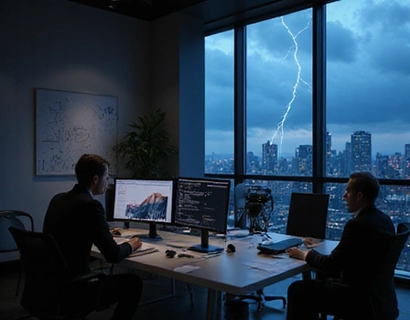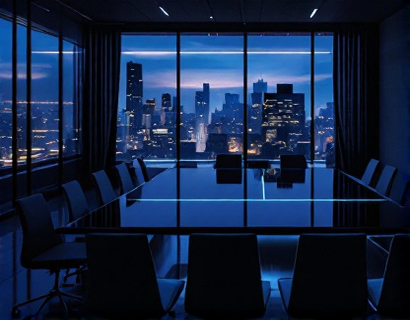Custom Embroidered Style: A Comprehensive Guide to Personalized Fashion and Home Decor
In an era where individuality and personal expression are highly valued, custom embroidered items have emerged as a premier choice for those seeking to stand out. This guide delves into the world of personalized fashion and home decor, exploring the art of embroidery and how it can be tailored to suit your unique style. From apparel to accessories and home decor, the possibilities are endless, offering a way to infuse your personal touch into every aspect of your life.
The Art of Embroidery
Embroidery, an ancient craft, involves decorating fabric or other materials with needle and thread. This technique has evolved over centuries, incorporating various stitches, threads, and materials to create intricate designs. The art of embroidery is not just about stitching; it's a form of self-expression that allows individuals to convey their personality, interests, and cultural heritage through personalized designs.
Personalized Apparel: A Fashion Statement
Custom embroidered apparel is a fantastic way to elevate your wardrobe. Whether you prefer subtle details or bold, eye-catching designs, embroidery can transform a standard garment into a unique piece. From monograms and initials to intricate patterns and quotes, the options are vast. This form of personalization is ideal for special occasions, such as weddings, graduations, and anniversaries, where a one-of-a-kind item can make a lasting impression.
For fashion enthusiasts, embroidered apparel offers a way to showcase individual style. Designers can collaborate with embroiderers to create exclusive collections that blend high fashion with traditional craftsmanship. This fusion results in garments that are not only beautiful but also carry a story, making them cherished possessions.
Embroidered Accessories: Functional Art
Accessories are another excellent category for custom embroidery. Bags, hats, scarves, and even shoes can be personalized to reflect your unique taste. Embroidered accessories are not only functional but also serve as conversation starters. For instance, a handbag with a custom design can add a touch of elegance to any outfit, while an embroidered hat can be both stylish and practical.
Home decor enthusiasts can also benefit from embroidered accessories. Pillows, throw blankets, and wall hangings with personalized embroidery can add a cozy and personalized touch to any room. These items can be perfect gifts for special occasions or as a way to add a personal touch to your own living space.
Custom Home Decor: Bringing Art to Life
Embroidery extends beyond clothing and accessories to home decor, offering a way to bring art into your living space. Embroidered wall art, such as tapestries and canvas prints, can transform a room's ambiance. These pieces can range from abstract designs to detailed landscapes, providing a unique focal point in any room.
Threads of tradition can be seen in embroidered home decor items like cushions, tablecloths, and curtains. These items not only add a touch of sophistication but also serve as a conversation piece. Custom embroidered items for the home can be tailored to match your interior design style, whether it's modern, rustic, or eclectic.
Benefits of Custom Embroidery
The benefits of custom embroidery are numerous. Firstly, it offers unparalleled personalization, allowing you to create items that are truly one-of-a-kind. This level of customization ensures that the final product reflects your personal style and preferences.
Quality is another significant advantage. Embroidery is a meticulous process that requires skill and attention to detail. When done correctly, embroidered items can last for generations, making them valuable heirlooms. The durability of embroidery means that your personalized pieces will withstand the test of time, maintaining their beauty and integrity.
Moreover, custom embroidery supports local artisans and small businesses, contributing to the preservation of traditional crafts. By choosing custom embroidery, you're not only getting a unique product but also supporting sustainable and ethical practices.
Choosing the Right Embroidery Design
Selecting the right design for your custom embroidery project is crucial. Start by considering the purpose of the item. For example, a wedding gift might require a more formal and elegant design, while a casual accessory can be more playful and whimsical. Think about the colors, patterns, and themes that resonate with you or the recipient.
When it comes to complexity, simpler designs are often easier to execute and can be more versatile. However, intricate designs can be stunning and are perfect for showcasing detailed craftsmanship. It's essential to communicate your vision clearly to the embroiderer to ensure the final product meets your expectations.
The Embroidery Process
The embroidery process involves several steps, from design creation to the final stitching. Here's a brief overview of how it works:
- Design Conceptualization: This is the initial stage where the design is conceptualized. It can be a sketch, a digital design, or even a photograph that will be translated into embroidery.
- Design Transfer: The design is then transferred onto the fabric using specialized software or manual methods. This step ensures that the design is accurately placed and scaled.
- Fabric Preparation: The fabric is prepared by cleaning and pre-treating it to ensure the embroidery threads adhere properly. The type of fabric can affect the final look and feel of the embroidery.
- Embroidery: The actual embroidery process involves sewing the design onto the fabric using various stitches. Modern embroidery machines can handle complex designs with precision, while hand embroidery offers a more personal touch.
- Finishing Touches: After the embroidery is complete, the item may undergo additional processes such as washing, ironing, and quality checks to ensure the final product is perfect.
Tips for a Seamless Custom Embroidery Experience
To ensure a smooth and satisfying custom embroidery experience, consider the following tips:
- Research Reputable Embroiderers: Look for embroiderers with a good reputation and portfolio showcasing their work. Reading reviews and asking for references can help you make an informed choice.
- Provide Clear Instructions: When placing your order, provide detailed instructions regarding the design, fabric type, and any specific requirements. This helps the embroiderer understand your vision better.
- Communicate Regularly: Maintain open communication with the embroiderer throughout the process. This can help address any issues promptly and ensure the final product meets your expectations.
- Set Realistic Expectations: While custom embroidery is highly skilled, it's important to set realistic timelines and understand that intricate designs may take more time to complete.
- Consider Test Swatches: If possible, request test swatches to review the quality and color accuracy before finalizing the order. This step can save you from potential disappointments.
Conclusion
Custom embroidery offers a unique way to express your individuality through personalized fashion and home decor. Whether you're looking to add a touch of elegance to your wardrobe or bring art into your home, embroidery provides endless possibilities. By understanding the process, choosing the right design, and working with a skilled embroiderer, you can create items that are both beautiful and meaningful. Embrace the art of embroidery and elevate your personal style with these exquisite, handcrafted pieces.



